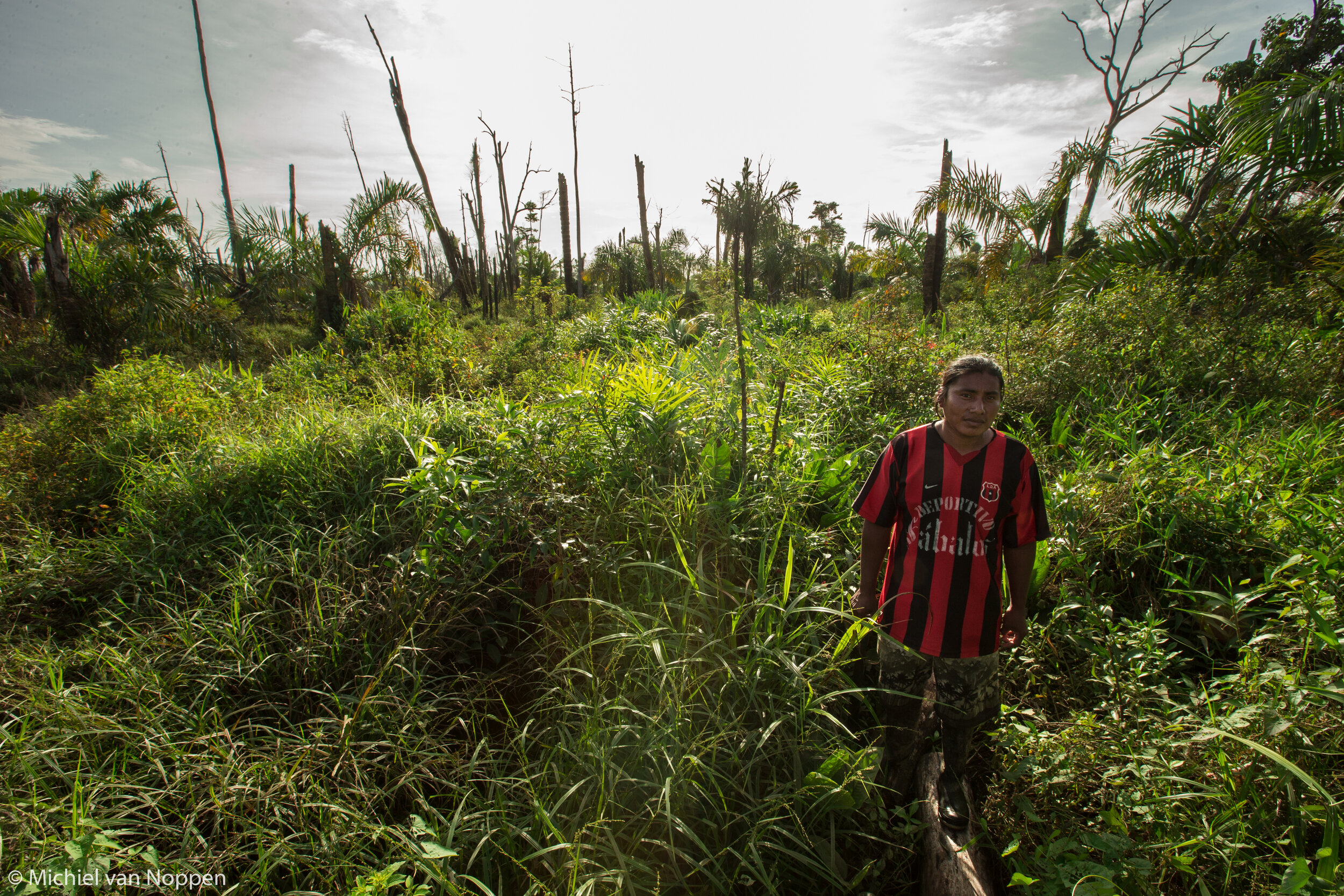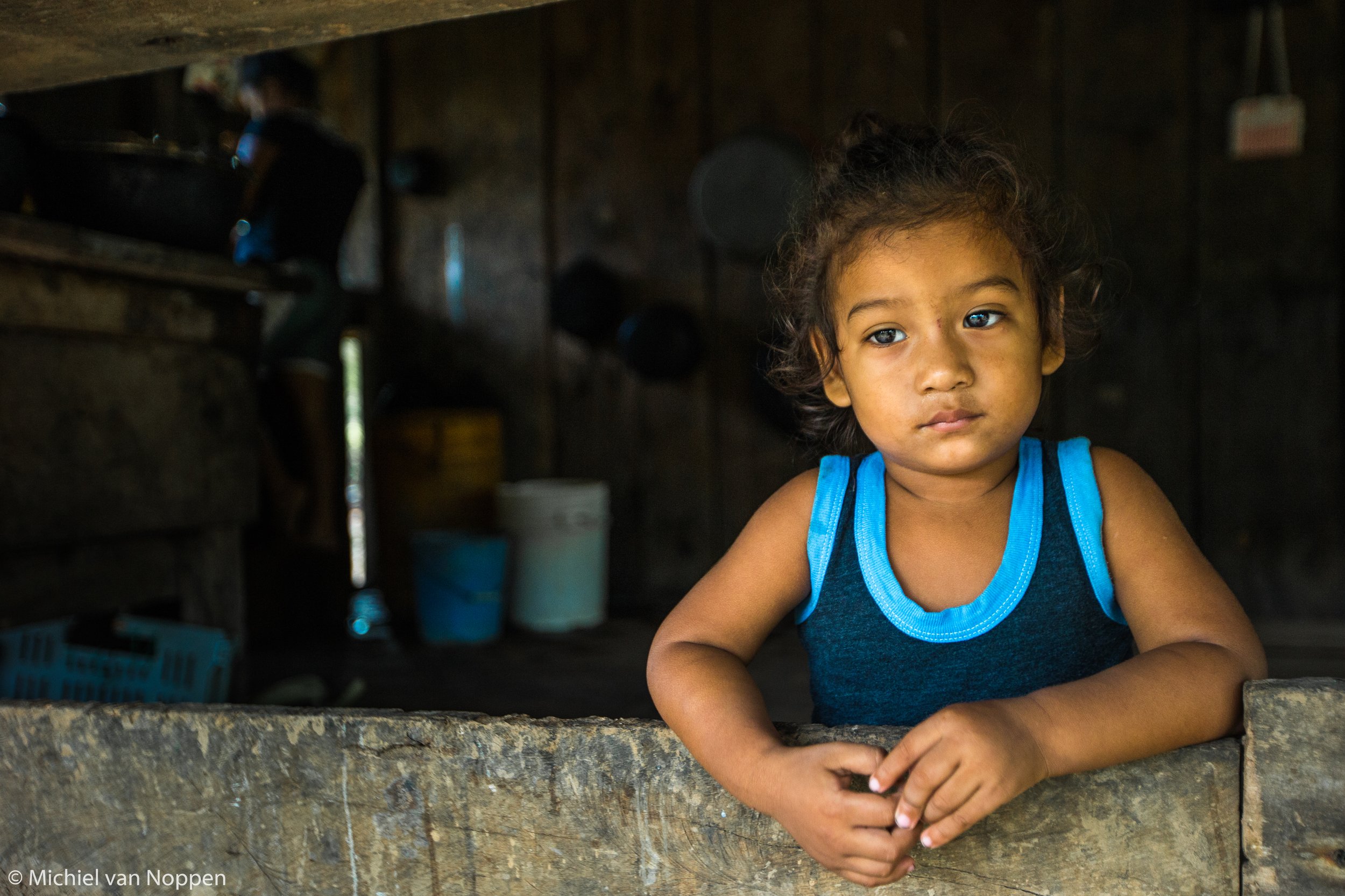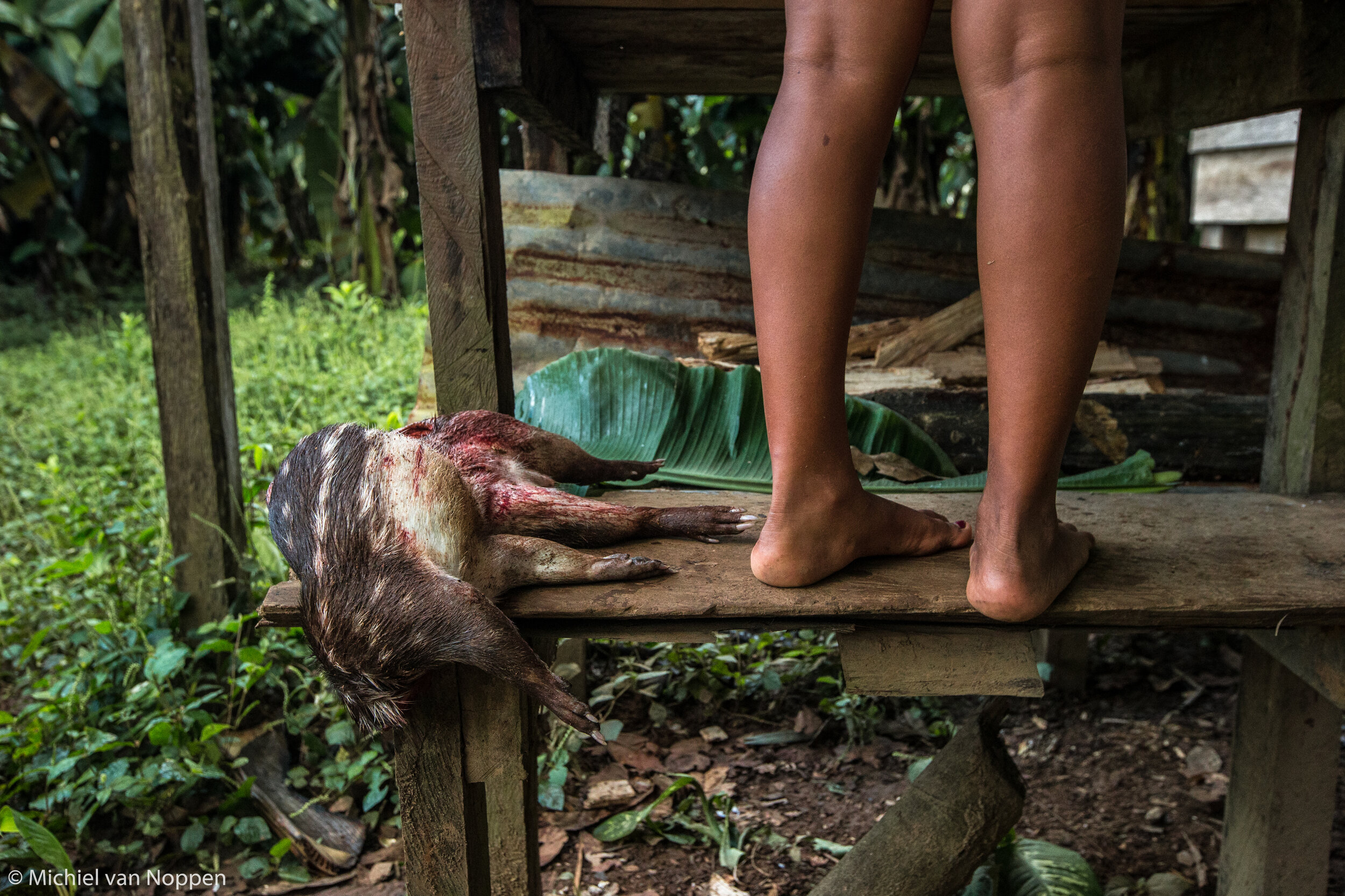For two weeks in December 2019 I joined the Conservation group Proyecto Tapir Nicaragua. They work in several areas of Nicaragua on the conservation of the endangered Bairds Tapirs.
“Proyecto Tapir Nicaragua es una iniciativa para la investigación y conservación de los tapires centroamericanos en el sureste de Nicaragua.”
One of the most important, but often overlooked practices of conservation, is the work with local communities who reside in and around the habitats of endangered animals. The beautiful thing about Proyecto Tapir Nicaragua is that instead of just reintroducing a bunch of Tapirs, they work closely with the indigenous people living in the area, in this case the Ramas and Kriol in Reserva Indio Maiz. They try to show them the importance of sustainable hunting and farming, without killing larger mammals on the higher trophic levels which are crucial for the health of the ecosystem. Furthermore they try to implement non harmful methods to keep tapirs from entering small parcels and eating crops, preventing conflict between wildlife and families living in the reserve. I was asked to portray their work and the community they work with, which is a crucial part for presentations and funding.
By comparing different methods the group is trying to find the best functioning system to deter tapirs, which is also easy for the local community to construct and maintain themselves.
In the first two pictures, tiny windmills are being constructed. When the wind blows, the windmills turn hitting the cans with a nut, creating a disturbance which hopefully keeps animals out. On the bottom left, expedition leader Juan is explaining to two local brothers how to write down data collected from the different methods being used, upstream deeper into the reserve
Rama and Kriol
I was asked to portraid the people of the community, especially the people of Hallouver who work closely with the group and supply them with intel and data necessary for detailed research. The first photo on top is “Big Man” from the people of Kriol, they are of African descendance, they share the reserve with the indigenous Rama’s. He has lived alongside the beach in the community of Hallouver his whole life and is portrayed standing proudly in front of his house, situated next to the local school.
In memory of “Big man”






The school of the Kriol community Hallouver.
The expedition was supported by two brothers from the community of Hallouver. Together with their two wives and a kid we set out on our expedition upstream, deeper into the reserve. The “men”, actually my peers, went to hunt and their wives, also just the same age or younger, went on to cook for us. As can be seen in the photo above, one of the brothers is holding a decapitated paca, which is regarded as the best meat of the jungle.
The reserve is very isolated from civilization, which causes a vastly different day to day life for the inhabitants than for people living outside of the reserve (aka western civilization). The remoteness can be seen in the thickness of the jungle canopy and the starry skies at night, where even with a full moon the milky way is clearly visible with the naked eye. Communities in the reserve practice forms of sustainable farming, such as natural fertilization and polyculture, seen in the bottom two images, above.
The hut from where we worked, upstream in the reserve.












